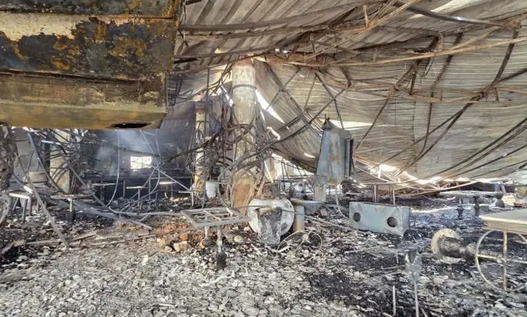New data from financial information service Defaqto shows that the launch of consumer VR headsets such as the Oculus Rift, HTC Vive and Playstation VR could lead to a wave of accidental damage claims which may not be covered. Of the 441 home insurance policies on the market, 234 (53%) have a ‘restricted items’ clause in their technology accidental damage (AD) cover, which may exclude VR headsets.
While many might assume that accidental damage is a standard part of contents insurance, it is actually an optional extra for the majority of the policies on the market. More than four out of five (85%) insurance policies have accidental damage of home contents as optional.
While the VR headsets are expected to sell at a slower rate, consumers could potentially find themselves in a similar situation to the launch of the Nintendo Wii, where many claims on accidental damage to other household items, such as controllers hitting TVs, went unpaid due to a lack of accidental damage cover or vague policy wording.
Brian Brown, Head of Insight at Defaqto comments: “New technology for the consumer can often introduce factors into insurance cover that are open to interpretation. Traditionally, the insurance industry is much slower to react to innovations in home technology, particularly when it comes to policy wording.
“The recently released VR headsets represent the first steps for this type of technology in mainstream use, which means that it could potentially throw up problems when making a claim, should any accidental damage take place.
“Until relatively recently, most accidental damage cover for technology in the home was focussed on televisions and the rather archaic video equipment. For those who have already bought or are thinking of buying a VR headset, I would definitely recommend that they check their current policy to see if it is covered and speak to their provider if they have any doubts.”
















